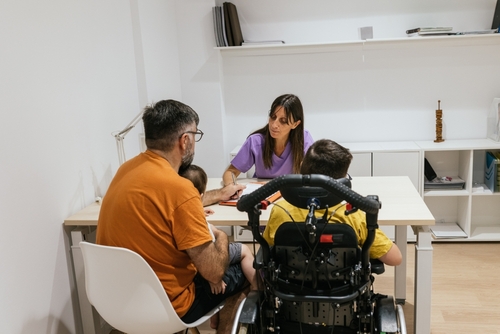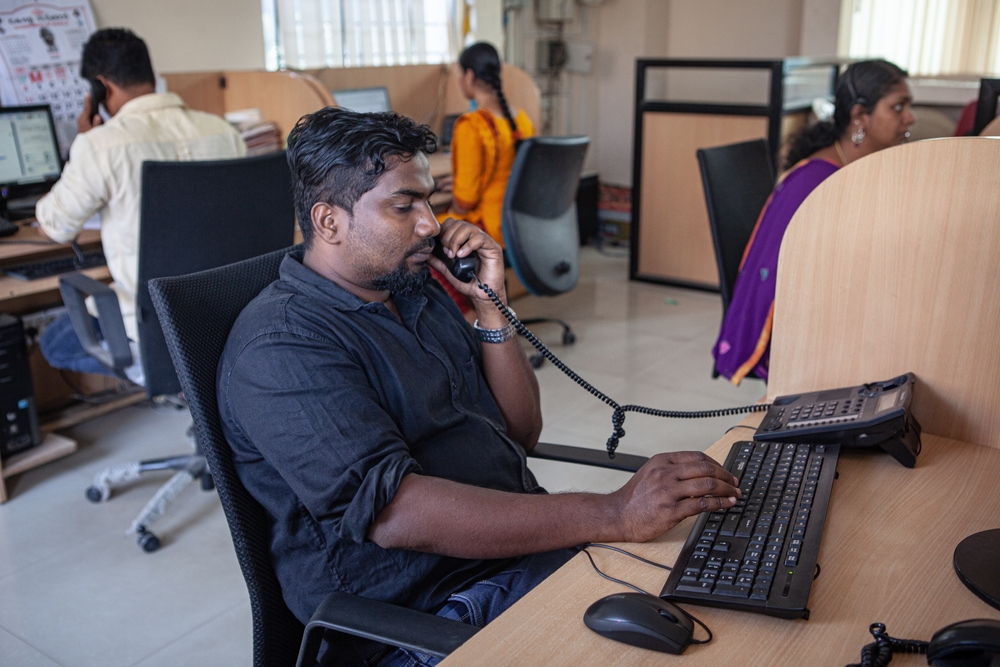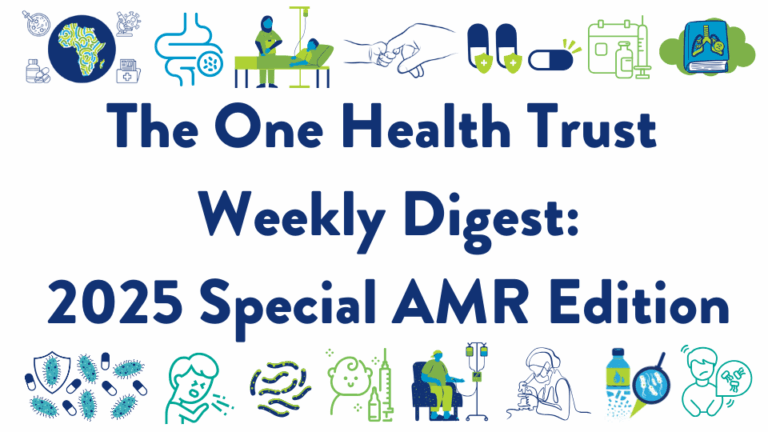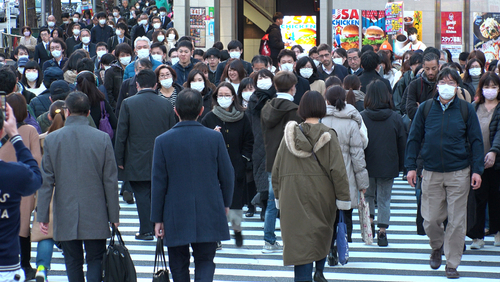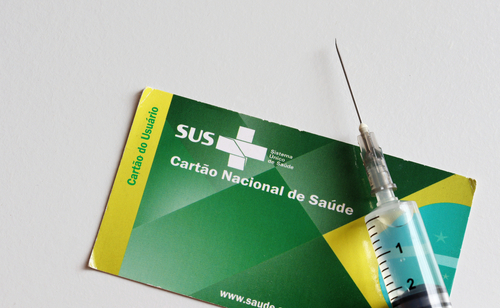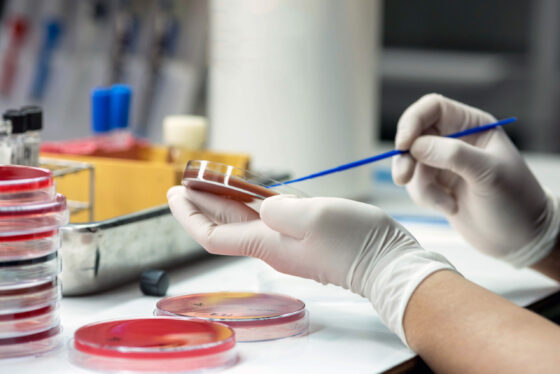June 26, 2015

A roundup of news on drug resistance and other topics in global health.
The preface to the Global Antibiotic Resistance Partnership (GARP)-Tanzania Situation Analysis and Recommendations on Antibiotic Resistance in Tanzania is now available online. Written by GARP-Tanzania Working Group Chairman Professor Said Aboud, the preface describes the challenges antibiotic resistance poses to Tanzania, the importance of the situation analysis in compiling data on resistance in the country and the steps the GARP-Tanzania Working Group will take to combat the problem. Aboud writes, “With this report and further work, policies that will fill the current gaps can be developed and enforced. The GARP-Tanzania working group will continue to champion this noble cause by allocating technical and other expertise in meeting various milestones to mitigate the current AMR problem.” The preface is now posted on the CDDEP blog, and the full report will be published in July 2015. [CDDEP]
Why would anyone get a fecal transplant? A personal story of Clostridium difficile infection. A 12-minute film from Resistance director Michael Graziano tells the story of Lauren Giuntini, a Tennessee teenager who fought a C. diff infection for over two years. Giuntini was unsuccessfully treated with a variety of antibiotics until a transplant from her brother finally helped eliminate the infection. A 2013 study published in the New England Journal of Medicine found that the unconventional method cured C. diff in 94 percent of patients, compared with 34 percent with antibiotics. [National Geographic, New England Journal of Medicine]
Several Chinese river basins have very high concentrations of antibiotics—particularly near large urban centers. A study published in Environmental Science and Technology examined 58 river basins in China and found antibiotic traces were abundant in waterways in the eastern portion of China, particularly in rivers near Beijing, Tianjin and the Pearl River Delta. According to lead author Ying Gangguo, China is the world’s largest consumer of antibiotics—with total consumption (human and animal) in 2013 adding up to 162,000 tons. [The New York Times, Environmental Science and Technology]
A large-scale pneumococcal vaccine trial in Kenya led to a 95 percent reduction in invasive pneumococcal disease, according to an announcement from researchers at the Kenya Medical Research Institute. The PCV-10 pneumococcal vaccine was given to 35,000 children in the town of Kilifi over the course of seven years, after which eighty percent of children showed increased resistance to pneumonia. [Voice of America]
One in eight Americans who are HIV-positive—more than 150,000 people—don’t know it, according to a new CDC report. Reporting from the Los Angeles Times points to a study published in JAMA Internal Medicine that found that “about 30% of new HIV transmissions could be traced to people who were infected but undiagnosed.” The CDC report also found that of the roughly 1 million who know they are infected in the United States, less than half are currently receiving treatment. [Los Angeles Times, CDC]
How did antibiotic resistance develop so quickly? “The difficult answer is we did it to ourselves; resistance is an inevitable biological process but we bear the responsibility for accelerating it. We did this by squandering antibiotics with a heedlessness that now seems shocking.” Public health journalist Maryn McKenna’s March 2015 TED Talk on the rapid development of antibiotic resistance is now available online. In the talk, McKenna tells the story of her great uncle, who died at the age of 30 from an infection before the development of antibiotics. She then describes how antibiotic resistance is leading into a post-antibiotic era, where such infections can again routinely pose a serious threat to human life, and notes that though some fixes may exist to slow down the problem, they must be done urgently. Says McKenna, “Penicillin began the antibiotic era in 1943. In just 70 years, we’ve walked ourselves up to the edge of disaster. We won’t get 70 years to find our way back again.” [TED]
A mucosal vaccine candidate for chlamydia induces protective immunity in mice by provoking two waves of memory T cell creation. A study reported in Science this week found the most robust immune response when the vaccine was administered through a mucosal route. A perspective article called the research a major step forward and highlighted the burden of chlamydia in low- and middle-income countries (LMICs),including its long-term impacts on women’s health. The disease is the leading cause of preventable blindness in LMICs and infection-related infertility in women worldwide. [Science, Science]
Seasonal flu transmission follows the patterns of interstate commuter networks, according to a study published in PLOS Pathogens by researchers at Emory University. The researchers compared the distribution of flu subtypes, using their genetic signatures to identify them, with routes traveled by U.S. commuters in ground and air networks. They found a particularly striking correlation between the H1N1 flu subtype (which travels more slowly than others) and U.S. ground commuter routes. [Emory University, PLOS Pathogens]
The Indian state of Gujarat’s Ahmedabad Municipal Corporation has plans to pay people to use public toilets in an effort to limit open defecation and promote sanitation. The corporation would pay individuals in areas where open defecation is common one rupee ($0.02) per use of a public toilet. The plan has been met with a variety of opinions; one expert in sanitation economics called the plan “laudable” and another said it was interesting, but that the government should instead spend its money on providing cleaner, more functional public toilets. [BMJ]
Nitrogen dioxide (NO2) sterilization for surgical instruments in low-resource environments could make surgical care more accessible and decrease healthcare-associated infections. A feasibility study published in PLOS ONE found that NO2 sterilization would lower costs, reduce biohazard waste and be easily deployable on a large scale in low-resource environments. The study estimates that the sterilizer, which can be used without electrical power, would cost around $5-7 per procedure, compared to $87 per procedure with the standard sterilization technique. [PLOS ONE]
Want to share interesting news via the digest? Email [email protected]
Image via Wikimedia Commons.

